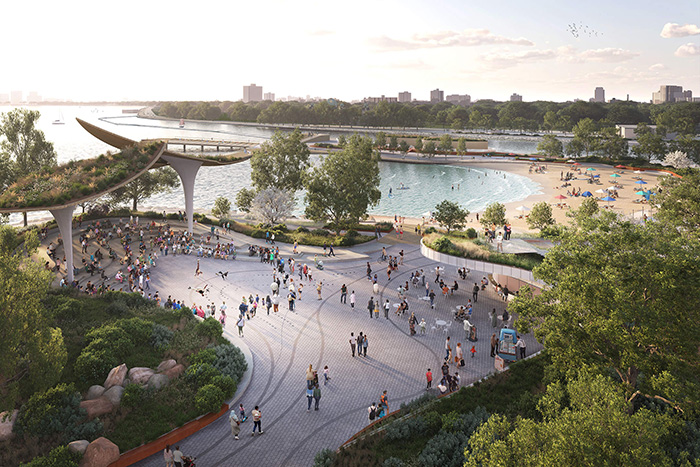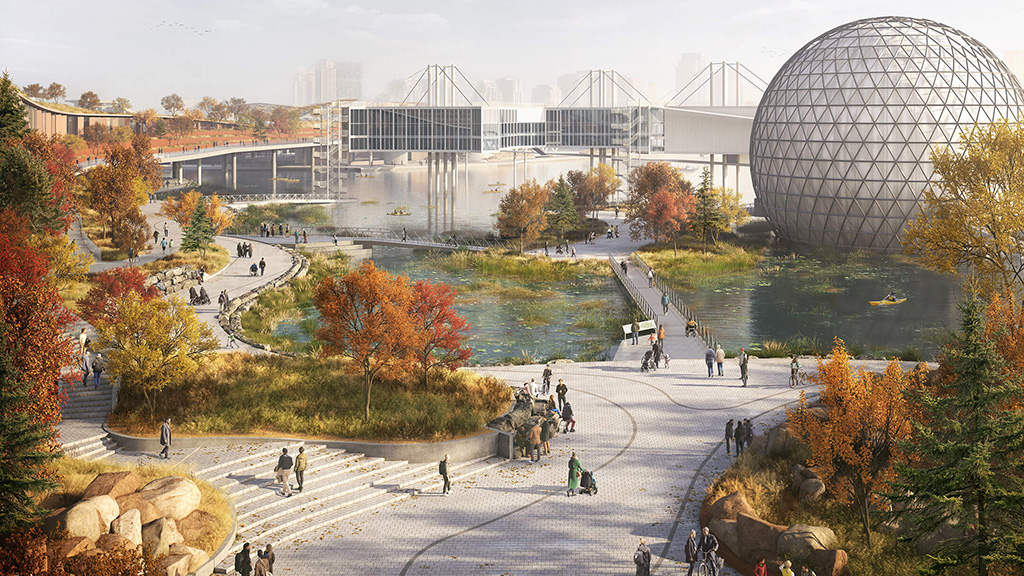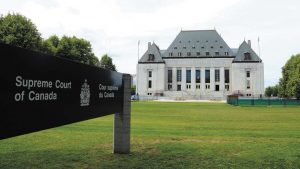The political back and forth about impact assessments continues with two high-profile Ontario projects taking centre stage.
Are these assessments critical to controversial projects or is it time to “end the political games?”
Recently, the federal government decided not to conduct an impact assessment of Ontario Place, a project that has seen its share of discussion, with many opposed to a $350-million spa and waterpark being constructed on the site by Therme Canada.
Ontario’s Attorney General Doug Downey issued a statement in response to the federal decision, urging them to do the same with other projects such as Highway 413.
It all stems from an October Supreme Court of Canada decision that held the vast majority of the federal government’s “duplicative” Impact Assessment Act (IAA) was unconstitutional.
According to the Province of Ontario, the federal government’s refusal to accept that decision prompted Ontario’s immediate application for judicial review for Highway 413 and Ontario Place.
“I am urging them to similarly get out of the way so that our government can get shovels in the ground on Highway 413,” Downey said in the statement.
“Until the federal government provides the certainty we need, by acknowledging that its unconstitutional legislation doesn’t apply to this vital infrastructure project, Ontario will continue to move forward with our judicial review of Highway 413.”
Nadia Todorova, executive director of the Residential and Civil Construction Alliance of Ontario, echoes the province’s sentiment.
“With the federal government now welcoming over 500,000 new permanent residents to Canada every year, it is incumbent upon them to end the political games that create regulatory uncertainty and create costly delays,” said Todorova.
“The federal government should instead support provinces and municipalities who are working to build and maintain the critical infrastructure needed in our country.”
“In 2022, Ontarians were clear that they want critical transportation infrastructure built in this province. Removing duplicative regulations and unnecessary impediments provides clarity for labour, industry and investors on the requirements and opportunities to build for our province’s future.”
Norm Di Pasquale, co-chair of Ontario Place for All, said his group was disappointed the feds decided not to perform an impact assessment when it comes to the Toronto project.
“In their decision, they reference the Heritage Act and other provincial protections which the province stripped away as part of Bill 154, so we believe the federal government should reconsider their decision,” he stated in an email to the Daily Commercial News.
Ontario Place for All requested an audit of Ontario Place last November but at the time there was a heavy focus on the Greenbelt.
“Luckily they did pick it up this year,” he said. “We expect to see a report, with any luck, in the first quarter of the new year.”
This past weekend, Ontario Place For All also expressed concern that trees were being removed at the site.

“On Saturday (Dec. 9) without any sort of notice, a video started to surface of an excavator bashing down trees limb from limb,” said Di Pasquale.
“It doesn’t look like the work is being done with much care and it just continues to line up with the lack of care we’re seeing around the work at Ontario Place. We’re disappointed that they seem to be rushing with the cutting of trees before the auditor general report comes out.”
He said they were told some of the mature trees were going to be moved carefully and that trees would be replaced with new trees.
“We don’t view that as a good replacement, especially considering the current trees are an ecosystem to…well over 100 species of birds and animals,” he said.
In a statement to the Daily Commercial News, Ontario Minister of Infrastructure Kinga Surma said as the province moves forward with the rebuilding of Ontario Place, site servicing work is underway to update and replace the aging and outdated infrastructure.
“As a result, tree removal is necessary to allow this work to be completed,” she said.
“For every tree that is removed, twice as many will be planted across the site and six times as many for large, mature trees, which means we will more than double the number of trees and vegetation that currently exists onsite.
“We appreciate the input we’ve received from Indigenous communities which is why we are supporting onsite environmental monitoring by select First Nation groups.”
Therme Canada spokesperson Simon Bredin also responded to concerns surrounding the site work.
“The city’s public consultation process led to changes to our design to feature even more free waterfront space, trails and parkland,” he stated.
“The end result is more public space on the West Island at Ontario Place than currently exists. Therme Canada will continue to work with all levels of government to deliver a year-round affordable, family-friendly destination alongside nearly 16 acres of public space.”
Follow the author on Twitter @DCN_Angela





Recent Comments